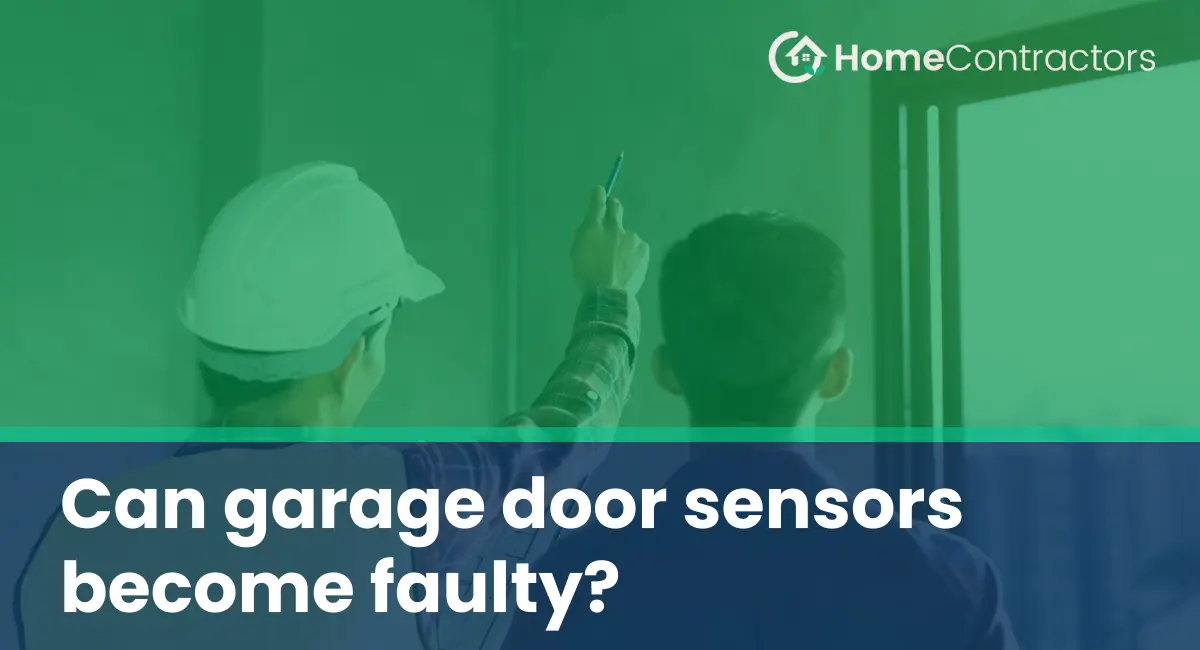Garage door sensors are an essential safety feature that prevent accidents and injuries. They detect obstructions or humans in the pathway of a closing garage door, causing it to stop and reverse its direction. However, just like any other electronic device, garage door sensors can become faulty over time. It is important for homeowners to be aware of the signs of sensor malfunction and take necessary steps to ensure their proper functioning.
1. Understanding the Purpose of Garage Door Sensors
Before discussing the faults in garage door sensors, it is important to understand their purpose. Garage door sensors primarily consist of two components – the transmitter and the receiver. The transmitter emits an invisible beam of infrared light, while the receiver is responsible for detecting the light. When an object comes between the transmitter and receiver, interrupting the beam, the sensors send a signal to the garage door opener, prompting it to stop or reverse the door’s movement.
2. Common Faults in Garage Door Sensors
a. Misalignment: One of the most common faults in garage door sensors is misalignment. Over time, the sensors may become misaligned due to bumping, vibrations, or accidental nudges. Misalignment can prevent the beam from reaching the receiver, causing the sensors to malfunction.
b. Dirty lenses: Another common issue is dirty lenses. Garage door sensors are often exposed to dust, dirt, or debris. If the lenses become dirty, the infrared beam may not be able to pass through properly, leading to faulty sensor functioning. Regular cleaning of the sensors can help prevent this issue.
c. Sensor wire damage: Sensors are connected to the garage door opener through wires. These wires can become damaged due to wear and tear, pests, or accidental damage. Any damage to the sensor wires can interfere with the proper functioning of the sensors, leading to frequent false detections or failure to detect obstacles.
d. Electrical problems: Like any other electronic device, garage door sensors can also suffer from electrical problems. Power surges, voltage fluctuations, or wiring issues can cause the sensors to malfunction or stop working altogether. It is important to ensure that the sensors are properly grounded and that there are no electrical issues in the garage.
3. Signs of Faulty Garage Door Sensors
To identify a faulty garage door sensor, homeowners should be aware of the following signs:
a. The garage door stops while closing or reversing without any apparent obstruction.
b. The garage door refuses to close and the opener light flashes or blinks multiple times.
c. The garage door closes partially and then immediately reverses without any apparent reason.
d. The garage door opener makes unusual clicking or grinding noises while operating.
If any of these signs are observed, it is crucial to inspect and address the sensor issue promptly to prevent accidents and ensure the door’s smooth operation.
4. Troubleshooting and Maintenance Tips
Here are some troubleshooting and maintenance tips to keep garage door sensors in optimal condition:
a. Regularly clean the lenses with a soft cloth to remove dust and debris.
b. Check the alignment of the sensors by ensuring that the beam meets the receiver accurately.
c. Inspect the sensor wires for any damage or breakage and repair or replace them if necessary.
d. Ensure that the sensors are properly connected to the garage door opener and power source.
e. In case of persistent issues, consult a professional garage door technician to perform repairs or replacements.
Garage door sensors can become faulty due to misalignment, dirty lenses, sensor wire damage, or electrical problems. Homeowners should be vigilant about the signs of sensor malfunction and take appropriate actions to address any issues. Regular maintenance, cleaning, and professional assistance can help ensure the proper functioning of garage door sensors, providing a safer and more convenient experience for homeowners.
